When it comes to brand recall and personality building, brand mascots have played a significant role. The evolution of brand mascots have been pivotal in shaping brand identities and connecting with consumers.
From iconic characters like the Amul Girl and Ronald McDonald to modern-day figures like the Geico Gecko and Blobby from Nippon Paint, mascots have evolved alongside marketing techniques to maintain relevance. You can never go to a McDonald’s chain without expecting to see the big yellow man sitting out on a bench.
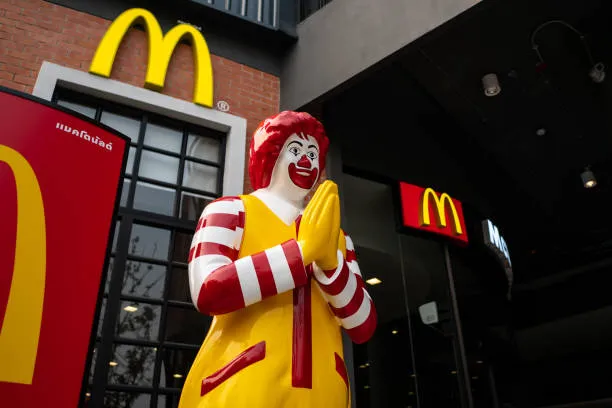
However, as marketing strategies continue to shift, it begs the question: are brand mascots still relevant?
To answer these questions and more, let’s take you through a brand mascot’s role in modern marketing and predict the future of this approach.
In this article, you will read about,
Historical perspective on brand mascots
Brand mascots have been a staple in marketing for centuries, with origins dating back to the late 19th century. Companies like Quaker Oats, Amul and Aunt Jemima were among the first to use characters to represent their brands, capitalizing on the power of visual storytelling to create memorable associations with their products.
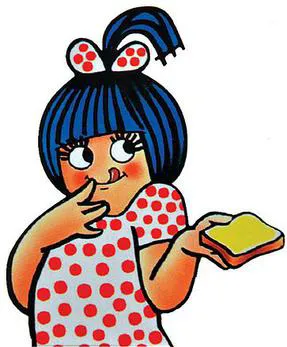
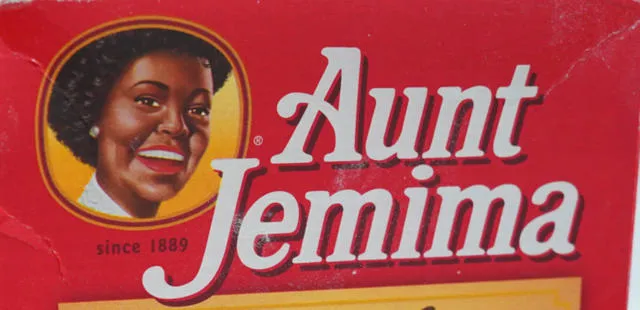
These early mascots often embodied characteristics or values that the brand wanted to convey to consumers, serving as a personification of the brand itself. Over the years, marketing techniques have evolved significantly, driven by advancements in technology and changes in consumer behavior.
Traditional advertising mediums like print and television have been supplemented, if not replaced, by digital platforms and social media. In this digital age, brands are constantly seeking new ways to engage with consumers and cut through the noise of an overly saturated market.
Also read: How to leverage visual brand storytelling for impactful branding campaigns
The role of brand mascots in modern marketing
One of the primary roles of brand mascots is to build brand personality and recognition. By associating a character with a brand, companies can create a unique identity that sets them apart from competitors.
For example, the Michelin Man is instantly recognizable and represents qualities like reliability and durability, attributes that Michelin wants to convey to consumers.
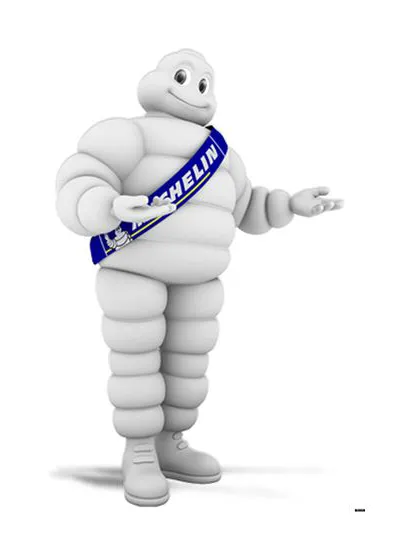
Brand mascots also play a big role in establishing a connection with the target audience. Whether through humor, emotion, or relatability, mascots have the ability to resonate with consumers on a personal level, fostering loyalty and brand affinity. This connection can be particularly effective in reaching younger demographics, who are more likely to engage with brands that speak their language and share their values.
Moreover, brand mascots serve as a powerful tool for brand recall and retention. Studies have shown that consumers are more likely to remember and positively associate with brands that utilize mascots in their marketing campaigns. Mascots create a memorable visual anchor that reinforces brand messaging and increases brand recall, leading to greater brand loyalty and repeat purchases.
Assessing the effectiveness of brand mascots
Numerous case studies illustrate the effectiveness of brand mascots in driving brand awareness and engagement.
For example, the Pillsbury Doughboy has been a beloved mascot for decades, helping Pillsbury become synonymous with baking products. Similarly, the Duracell Bunny has become an iconic symbol of long-lasting battery life, boosting brand recognition for Duracell.

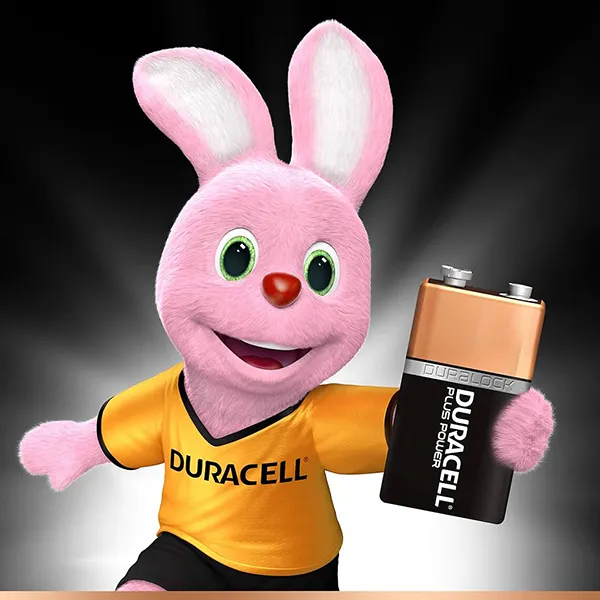
However, brand mascots are not without their challenges and criticisms. Some argue that mascots can be perceived as gimmicky or outdated, particularly in industries where authenticity and transparency are valued. Additionally, creating and maintaining a successful mascot requires careful planning and execution, as a poorly conceived character can do more harm than good to a brand’s image.
Evolving with the times
To remain relevant in the changing marketplace, brands must continuously update and refresh their mascot designs. Your audience is changing as new generations keep buying your products. You need to make your brand relevant to them and their preferences if you want your brand to stand the test of time across generations.
This could involve modernizing the character’s appearance, updating their personality traits, or adapting their messaging to reflect current trends and consumer preferences. By evolving with the times, brands can ensure that their mascots remain appealing and relatable to contemporary audiences.
In addition to updating their designs, brands are increasingly integrating mascots into their digital marketing strategies. From social media campaigns to interactive websites, mascots provide a fun and engaging way for brands to connect with consumers online. For example, Wendy’s has successfully leveraged its mascot, Wendy, on Twitter to engage with followers and drive brand conversations in real-time.
Also read: Embracing the nostalgic wave by retro-inspired logo redesigns
The future of brand mascots
Looking ahead, the future of brand mascots appears promising, with new trends and innovations shaping their role in marketing. Augmented reality (AR) and virtual reality (VR) present exciting opportunities for brands to create immersive experiences featuring their mascots, while advancements in artificial intelligence (AI) could enable more personalized interactions between mascots and consumers.
Despite the changing scene of marketing, brand mascots are likely to remain relevant in branding strategies for the foreseeable future. As long as brands continue to prioritize authenticity, creativity, and consumer engagement, mascots will continue to play a vital role in building brand identity and connecting with audiences on a deeper level.
Conclusion
By now we know one thing for sure -brand mascots are here to stay no matter how many years and generations go by. This is because these mascots have evolved significantly over the years, adapting to changes in technology, consumer behavior, and marketing trends.
While they may face challenges and criticisms, the enduring appeal of mascots lies in their ability to humanize brands, create emotional connections with consumers, and drive brand recognition and loyalty. As we look to the future, it’s clear that brand mascots will continue to be a valuable asset for brands seeking to stand out in the market. They can aid in brand recall and create a bond with customers like no other marketing strategy can. With careful planning, good execution, and creativity, mascots will remain a relevant tool in the years to come.




